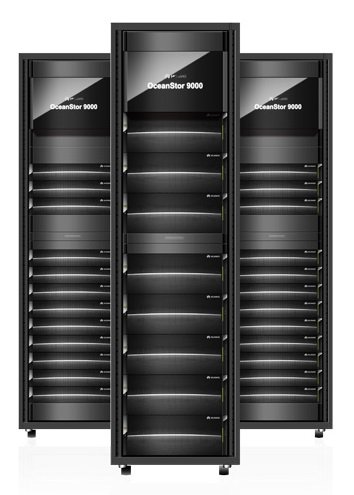Chinese hardware vendor Huawei has announced OceanStor 9000 – a high density NAS system aimed mainly at the media industries, as they evolve to support higher resolution formats.
OceanStor 9000 consists of three types of nodes capable of delivering up to 400 GB/s of sustained throughput – enough to handle six-layer 4K UHD video editing.
The system was presented to the public last week at CeBIT in Hannover – the largest IT event in the world.
Hi-rez
As the name suggests, 4K video contains exactly four times more pixels than a Full HD stream. As a result, it requires much more space and bandwidth during production and editing.
“Changes in the media industry market have proven difficult for the IT industry,” said Joerg Karpinski, sales director for Germany at Huawei Enterprise.
“To address the changes, Huawei has released a media solution that features ultimate performance, energy efficiency, and simplicity. The solution meets requirements for 4K UHD editing and propels the application of 4K technology in the media industry forward.”
OceanStor 9000 will also fit other workloads that deal with big unstructured data volumes, in the fields such as analytics and research.
The nodes contain IntelXeon E5 processors and a mix of HDD and SSD drives, with the flash memory used to store metadata for faster access. There are three types of nodes - insight nodes, capacity nodes and performance nodes - which can be used to create systems geared more towards short-term storage, analysis or archiving.
Customers need a minimum of three nodes, but up to up to 288 can be linked up into a single system offering up to 40 PB of capacity.
Last year, Huawei tested the OceanStor 9000 with the Standard Performance Evaluation Corporation SPECsfs2008 benchmark, and achieved a total of 5,030,264 Operations per Second (OPS) in a network file system environment – making it one of the fastest storage systems in existence.

